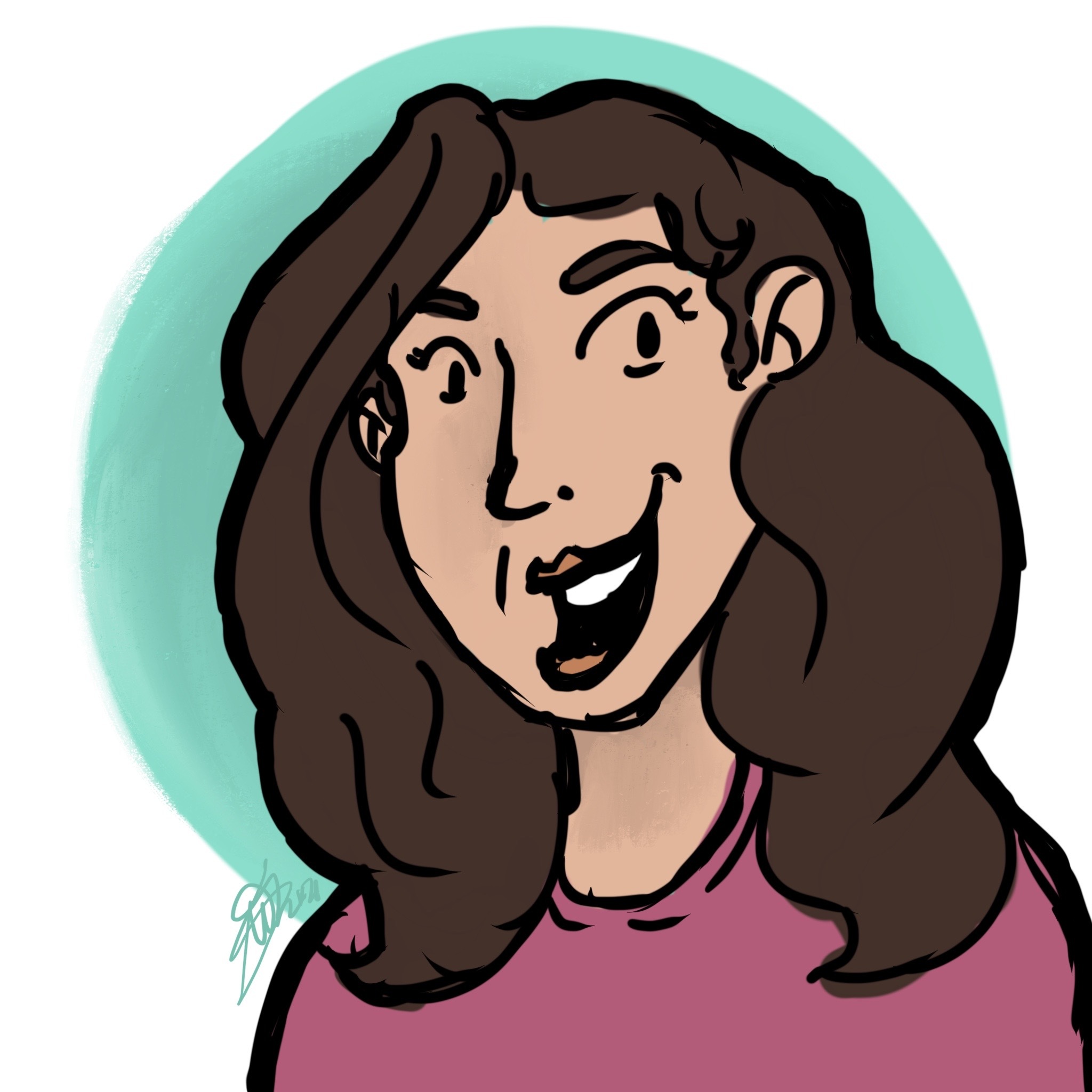In the United States, approximately 565,000 people experience homelessness on any given night.
I’ve always found ways to indirectly help alleviate homelessness and poverty by contributing to the Red Cross, Salvation Army and other organizations – but it wasn’t until recently that I realized I wanted to take it a step further.
Yes, donating clothes and money every year is helpful, but I wanted face-to-face interaction. Too many of us, myself included at times, treat the homeless like they aren’t “real people.”
That’s why I chose to spend my spring break working with Un-BULL-lievable Spring Break (USB), an annual program that allows students to give back to communities in need by participating in renovation projects.
My trip took place in Atlanta, Ga., which has one of the country’s highest homeless populations.
Intown Collaborative Ministries connected our group to various churches in the area to work with throughout the week. Intown is a nonprofit organization that seeks to build relationships and find solutions for homelessness in the city.
At Mercy Community Church, our goal was to build relationships.
Because Mercy is non-denominational, the church’s praise and worship services were a little different. The first day concentrated on Catholic teachings with an emphasis on the Holy Rosary, while the last focused on meditation through prayer and music.
Mercy also hosted bible study sessions that used scripture to address various topics – the two I attended discussed homelessness and recovery.
Day 1
We were exposed to problems the area’s impoverished face on a daily basis, including the difficulty in obtaining basic necessities like food and water.
Some community members came to Mercy to talk about how they find meals, and discussed some of the places they sleep like parks, bus stops and under bridges.
A few even gave us insight on some of the requirements needed to spend the night in shelters, something I found particularly eye opening.
For lunch, we visited various downtown street corners to serve soup, sandwiches and snacks to the homeless. We were invited to eat with them, but I politely declined.
I felt that the people on the streets needed the food more than I did.
Day 2
At Druid Hills Presbyterian Church, we spent the day organizing the food pantry and making hygiene bags for distribution. While we didn’t have much interaction that day, we got to see how volunteers prepared for distributions, held on Fridays and Saturdays, where they hand out items to people in need.

Students Taylor Singleton (left) and Heidi Colon (right) cleaned and organized the food pantry at Druid Hills Presbyterian Church in Atlanta, Ga. – one of the country’s highest homeless populations. The group helped volunteers prepare hygiene bags for distribution to community members in need.
Day 3
We visited one of Atlanta’s infamous overflow shelters. It was called Metro Atlanta Task Force for the Homeless (Peachtree+ Pine Works).
We didn’t get to tour the facility because we didn’t have an appointment, but we didn’t need one – the 30 minutes we were there was enough.
Peachtree+ Pine Works was like a neglected shelter in a Lifetime movie: brick wall exterior, broken windows, concrete floors, dim lighting and no air conditioning.
I was shocked.
I just couldn’t process the idea that thousands of men, women and children were living in this environment; it made me want to cry.
I have complained about living in the Residence Hall, but it was nothing like these people sleeping on toddler nap mats every night. At that moment I felt selfish, but seeing the raw environment made me appreciate what I have and the scene will serve as a constant reminder of those who have it much worse than I do.
Day 4
Part of the group returned to Mercy, while the rest of us visited Trinity Table.
We spent time at a women’s shelter and learned about the application process needed to get into the 90-day facility and some of the reasons why women chose to go there.
Later, we worked in the clothing closet, stocking it with comfortable items for the upcoming summer months.

On the fourth day of the trip, the Atlanta group visited the Mercy Community Church and worked in its on-site clothing closet, where they stocked updated clothing for the upcoming summer months.
Day 5
Back at Mercy, we discussed recovery.
Many people spoke out about addictions that lead them to become homeless.
While alcohol and substance abuse were the most common addictions mentioned, another problem shocked me – domestic violence.
I knew that domestic violence had negative impacts on people, but I didn’t realize that many victims feared returning home after experiencing an abusive relationship. Eventually, these people become homeless since they have nowhere else to go.
This experience will stay with me for the rest of my life.
It taught me valuable life lessons and reminded me that just because someone is homeless, doesn’t mean they are any different from you or me.
I hope to take some of the things I learned from this trip and bring them back to St. Petersburg.
“The best way to find yourself is to lose yourself in the service of others” -Gandhi


